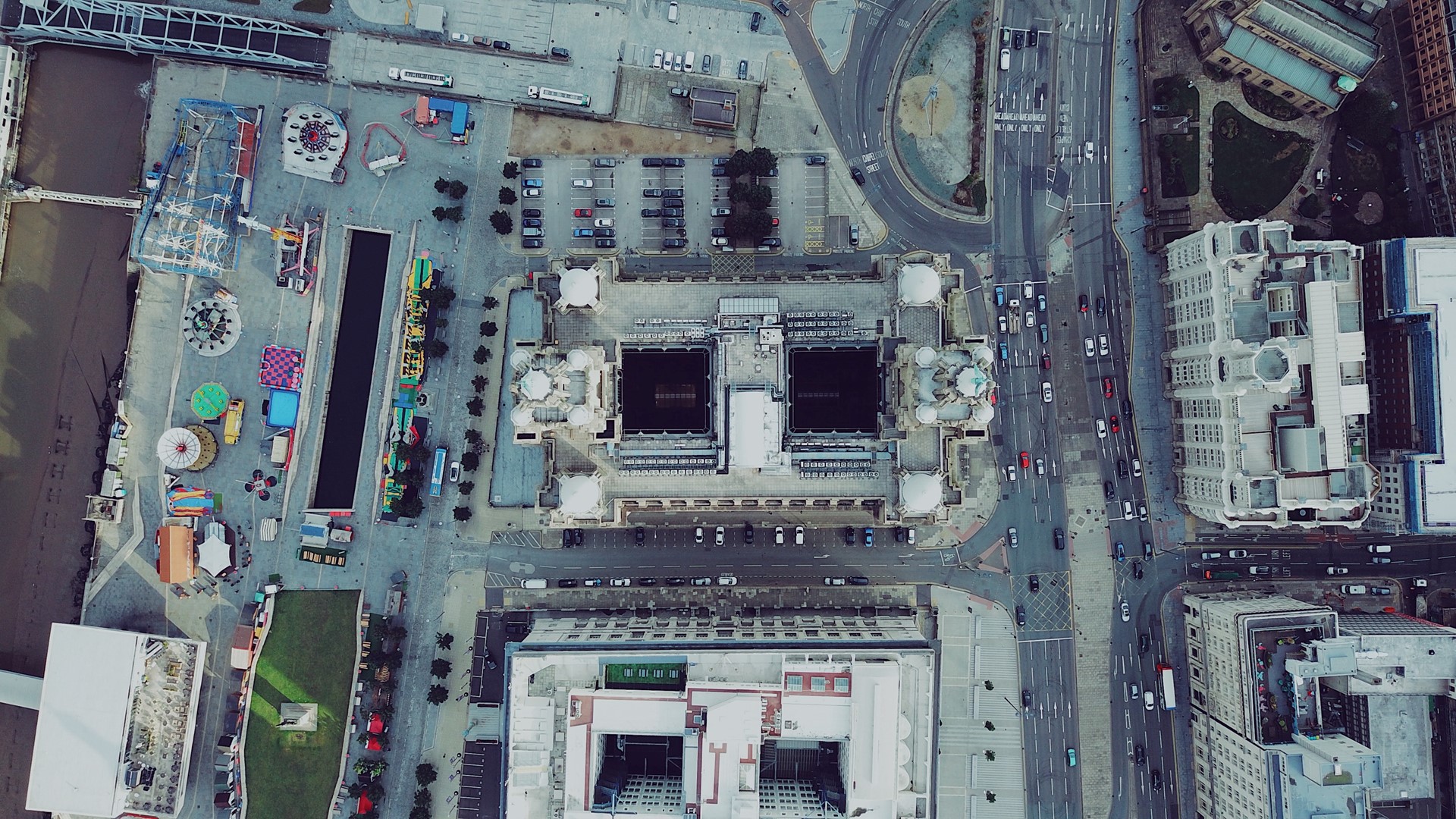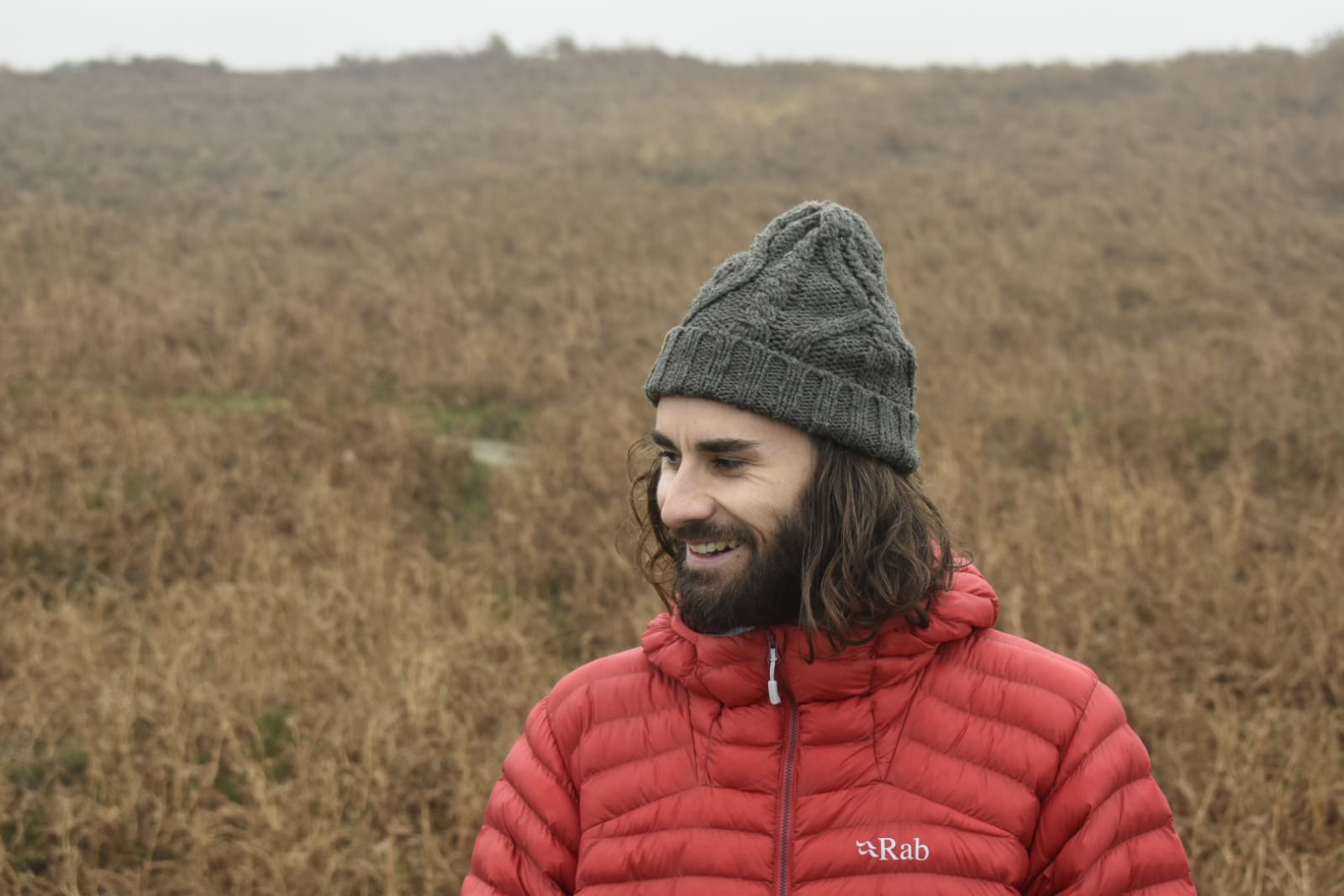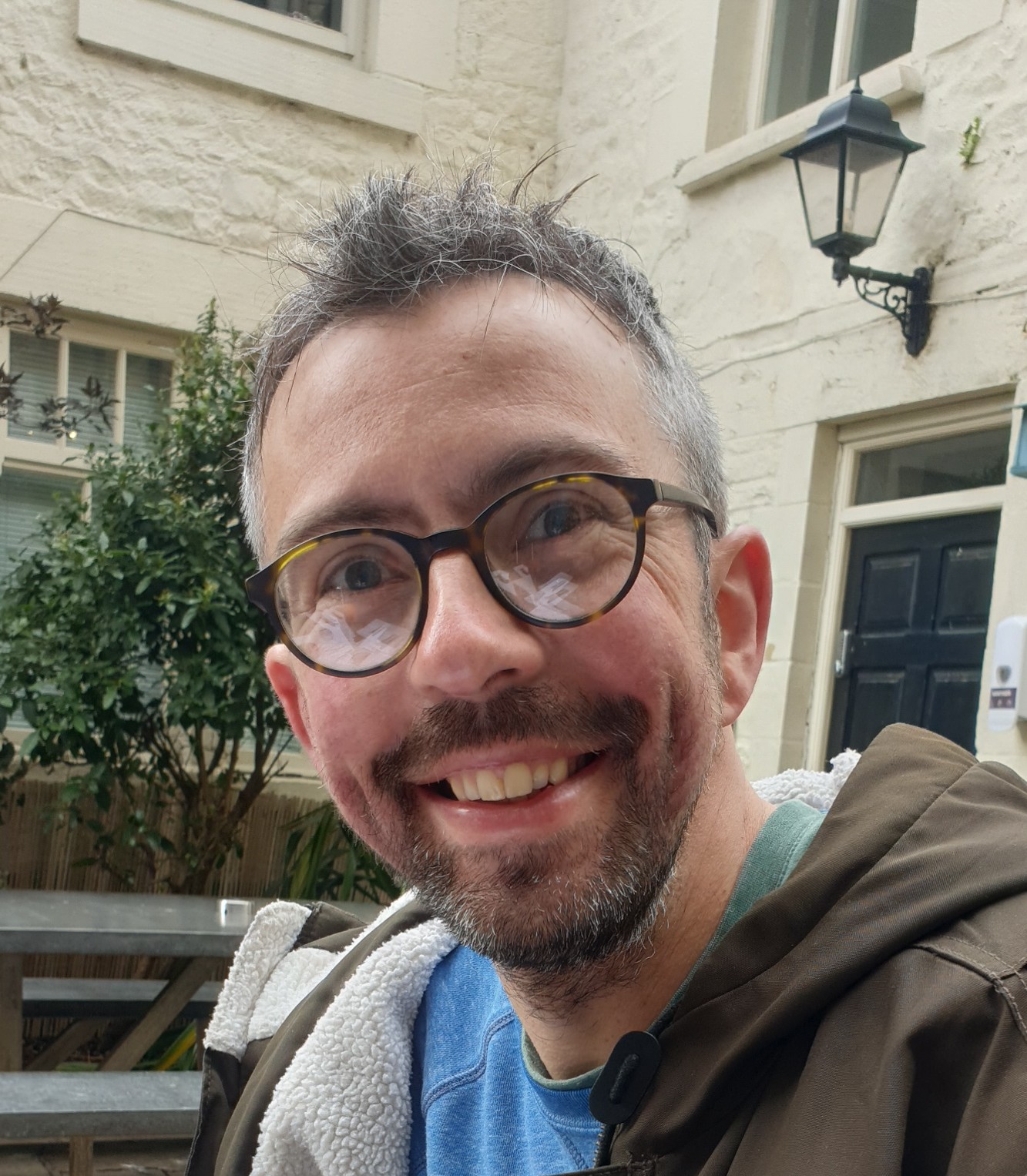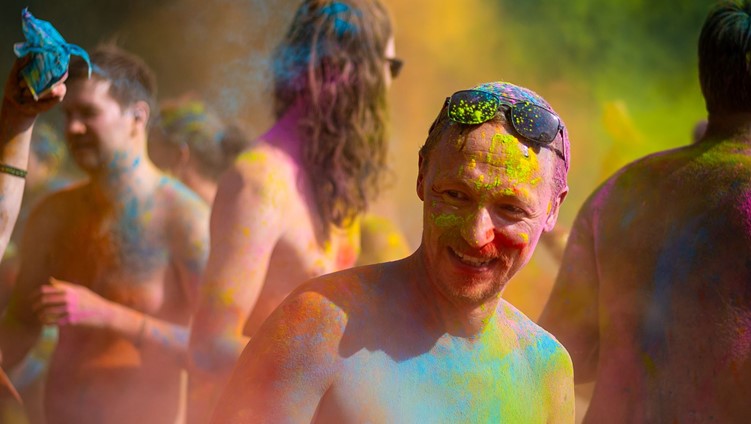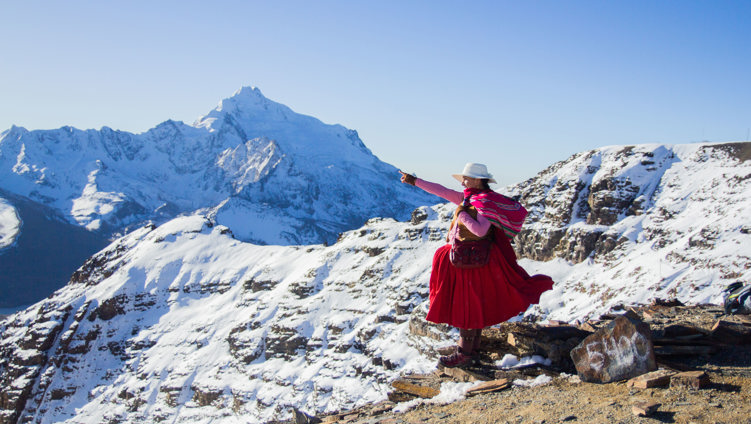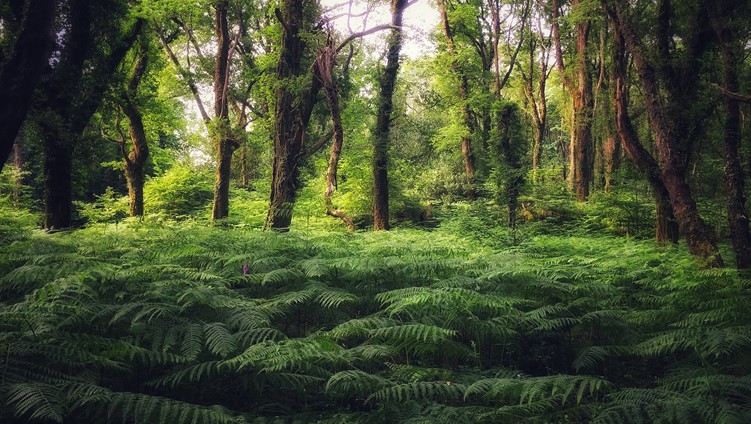The deep, local focus of place writing is also telling. The “overarching anxiety of the climate emerency … hangs over all of this,” David notes. Place writing is the product of a heightened environmental awareness in the face of climate catastrophe - one that sees a need for more local, grounded ways of life and adventure.
But this return to the local is not just for environmental reasons. David also sees place writing as something of a riposte to the forces of globalisation and digital culture, both of which can, despite their many benefits, serve to homogenise and obscure the distinctions between local places, replacing independent stores with global chains and community centres with Facebook groups. Cultivating a stronger sense of place, whether through literature or new forms of adventure, may be a necessary corrective.
David doesn’t ignore the fact that this protective thread means place writing can be conservative as well progressive (perhaps even at the same time). The notion of preserving local places brings to mind some of the defining political issues of our time - notably Brexit and Trumpism. Both revolve around the question of what kind of place the UK or American is to be. These political developments, David says, have complicated (or perhaps ‘defamiliarised’?) the place-writing landscape. Competing senses of place seem increasingly to mediate between political ideals, and between values like discrimination and anti-racism.
By way of example, David references the book he is currently reading, Anita Sethi’s I Belong Here, which recounts the author’s decision to walk across The Pennines, the ‘backbone of England’, after being racially abused on a train. Through the medium of a long walk, the book explores the relationship between identity and belonging (the challenge) and The North of England (the environment). The character of this contemporary high-stakes adventure narrative seems better understood through the idea of place (“the meshing of person and world”) than through travel or nature writing, even though the book is surely an example of all three.
...
A piece of place writing that depicts a battle between competing ideas of what a place is or should be?
“The book that immediately springs to mind here is Julian Hoffman’s Irreplaceable. Hoffman’s first book, The Small Heart of Things, is a beautiful book about perception, place, and wonder. His second book, Irreplaceable, picks up on these preoccupations by focusing on a series of places – around the world – that are threatened by human intervention. Over its eleven chapters, Irreplaceable illustrates the competing ideas that humans can have about the futures of particular sites. Throughout, Hoffman’s prose is beautiful and the book is rich with memorable sentences about place and its many meanings; but, at the same time, the book is underpinned by a passionate political commitment to saving ecosystems that are at risk of being destroyed forever.”
...
Posing questions about the relationship between humans and our environments needn’t be an academic exercise or a grandiose political statement. It is something we can all do, and can simply serve to make our adventures and lives richer and more enjoyable. David finds that once they start asking new questions and looking at places in new ways, students are consistently surprised to find interesting and novel angles on places they previously saw as familiar and even mundane. Place writing, David says, involves “not just representing the world,” but being “in the world.”
This discovery of the once unknown - this defamiliarisation of the familiar - is surely exactly what adventure should be. Which begs the question: what might happen if we approached our next adventure in the spirit of a place-writing field trip? If as a group of friends we dug beneath the unifying ‘purpose’ of our adventure and exchanged some of our standard climbing, surfing or hiking chat for questions about our respective perspectives on our environment and the activity at hand, what differences might emerge? What might we learn?
...
A piece of place writing that is adventurous?
“At the risk of evasiveness, my immediate response to that question is to problematise – to use a frankly ugly verb - ‘adventure’! I guess, though, that three books immediately spring to mind.
The first is Robert Macfarlane’s extraordinary Underland: A Deep Time Journey. Over the past two decades, Macfarlane has done so much to celebrate and promote and champion the kind of writing to which I find myself drawn; he is also the most supremely gifted of writers. In his latest book, he digs deep, offering a vision of the Earth’s underworlds for ‘Generation Anthropocene’. As with all of Macfarlane’s writing, Underland is a book that is rich with passages of profound lyricism as he records his adventurous physical descents into a range of subterranean spaces. Crucially, Macfarlane also documents the extreme claustrophobia that he sometimes experiences in these spaces and, for me, a defining characteristic of the book is the vulnerability that is threaded through these first-person accounts. Underland may be a book about bodily adventures; but, perhaps more than anything, it is a book about uncertainty.
The second - very different - book is Rodinsky’s Room written by my friend and colleague, Rachel Lichtenstein, in collaboration with the psychogeographer Iain Sinclair. First published in 1999, the book documents a shared obsession with an abandoned room in East London once inhabited by David Rodinsky: an orthodox Jewish scholar who had mysteriously disappeared in the 1960s. Moving between the two distinct authorial voices, Rodinsky’s Room can be read as a quest narrative as Lichtenstein and Sinclair try to piece together the fragments of Rodinsky’s (after) life. The sense of quest operates on two levels as, through her pursuit of the ghost of Rodinsky, Rachel undertakes multiple journeys in an attempt to interrogate her own Jewishness.

